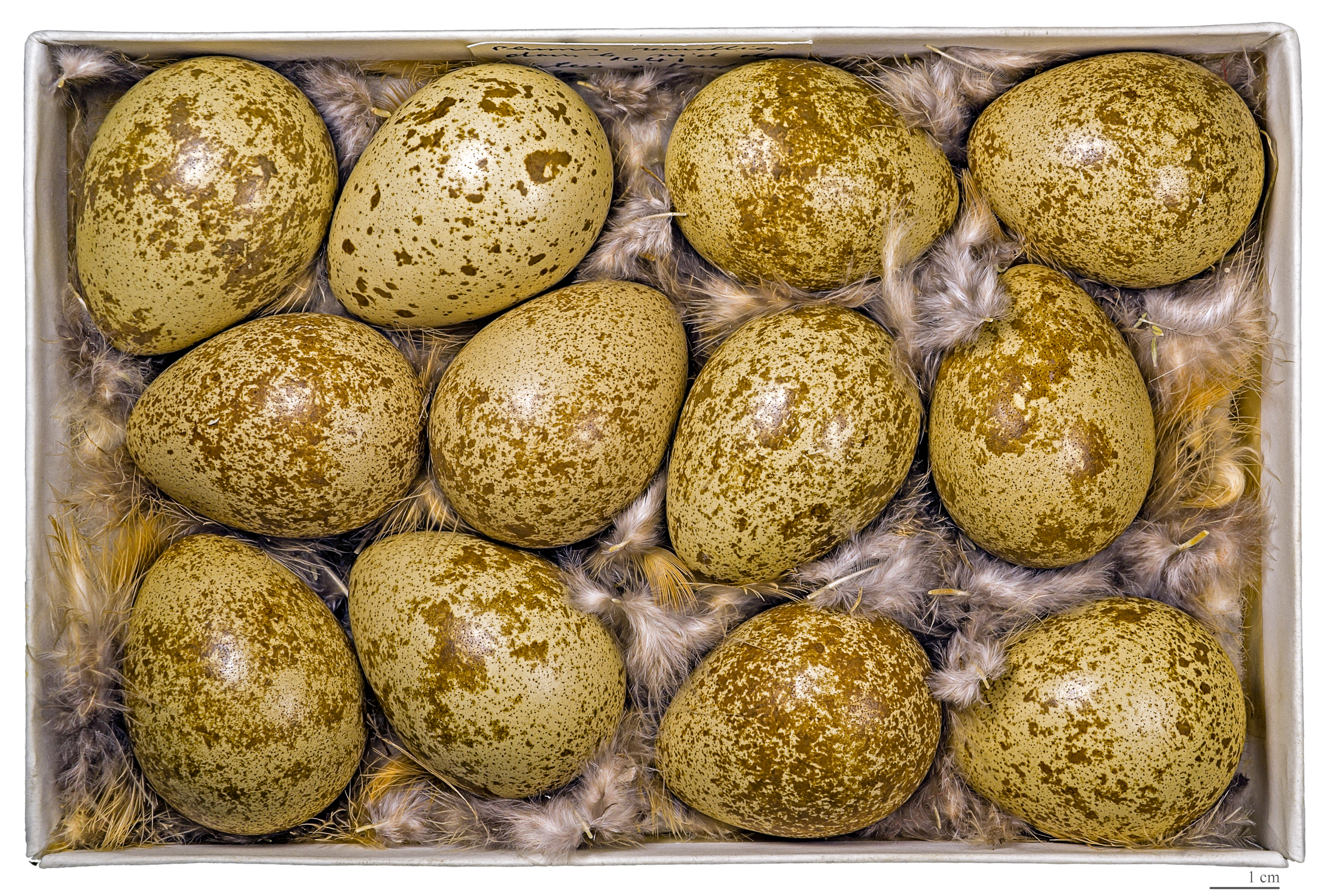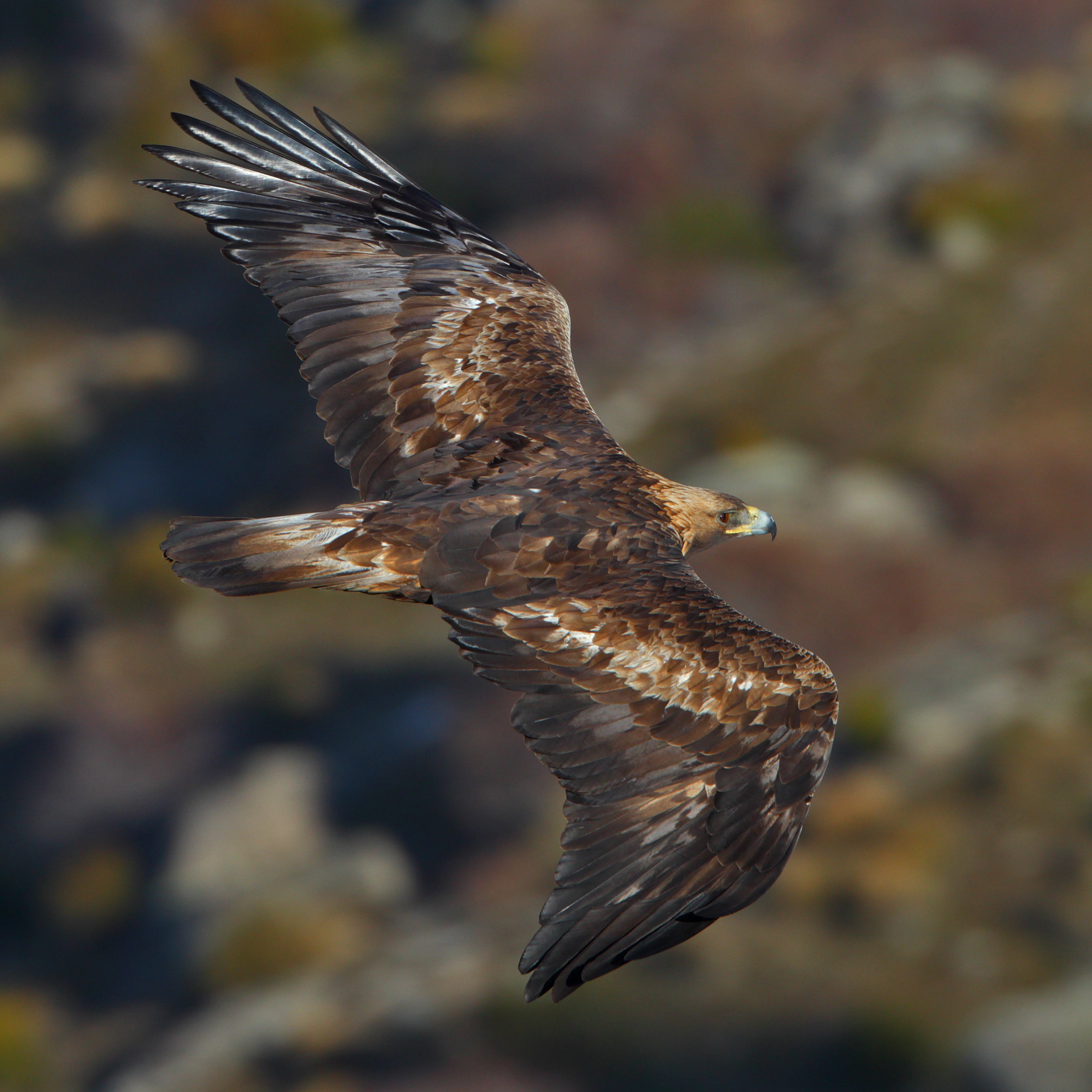|
Barbary Partridge
The Barbary partridge (''Alectoris barbara'') is a gamebird in the pheasant family ( Phasianidae) of the order Galliformes. It is native to North Africa. Distribution The Barbary partridge has its main native range in North Africa, and is also native to Gibraltar and the Canary Islands (''Alectoris barbara'' ssp. ''koenigi''). It has been introduced to continental Portugal and Madeira, though there are no recent records of this species on the latter islands. It is also present in Sardinia. Description The Barbary partridge is a rotund bird, with a grey-brown back, grey breast and buff belly. The face is light grey with a broad reddish-brown gorget. It has rufous-streaked white flanks and red legs. When disturbed, it prefers to run rather than fly, but if necessary it flies a short distance on rounded wings. It is closely related to its western European equivalent, the red-legged partridge. It is similar to the red-legged partridge, but it has a different head and neck pattern. ... [...More Info...] [...Related Items...] OR: [Wikipedia] [Google] [Baidu] |
Pierre Joseph Bonnaterre
Abbé Pierre Joseph Bonnaterre (1752, Aveyron – 20 September 1804, Saint-Geniez-d'Olt) was a French zoologist who contributed sections on cetaceans, mammals, birds, reptiles, amphibians, fish, and insects to the '' Tableau encyclopédique et méthodique''. He is also notable as the first scientist to study the feral child Victor of Aveyron. Bonnaterre is credited with identifying about 25 new species of fish, and assembled illustrations of about 400 in his encyclopedia work of book. He was the first scientist to study Victor, the wild child of Aveyron, whose life inspired François Truffaut for his film ''The Wild Child ''The Wild Child'' (french: L'Enfant sauvage, released in the United Kingdom as ''The Wild Boy'') is a 1970 French film by director François Truffaut. Featuring Jean-Pierre Cargol, François Truffaut, Françoise Seigner and Jean Dasté, it t ...''. Partial bibliography * ''Tableau encyclopédique et méthodique des trois règnes de la nature, d ... [...More Info...] [...Related Items...] OR: [Wikipedia] [Google] [Baidu] |
Red-legged Partridge
The red-legged partridge (''Alectoris rufa'') is a gamebird in the pheasant family Phasianidae of the order Galliformes, gallinaceous birds. It is sometimes known as French partridge, to distinguish it from the English or grey partridge. The genus name is from Ancient Greek ''alektoris'' a farmyard chicken, and ''rufa'' is Latin for red or rufous. It is a rotund bird, with a light brown back, grey breast and buff belly. The face is white with a black gorget. It has rufous-streaked flanks and red legs. When disturbed, it prefers to run rather than fly, but if necessary it flies a short distance on rounded wings. This is a seed-eating species, but the young in particular take insects as an essential protein supply. The call is a three-syllable ''ka-chu-chu''. Habitat This partridge breeds naturally in southwestern Europe (France, Iberia and northwest Italy). It has become naturalised in flat areas of England and Wales, where it was introduced as a game species, and has been ... [...More Info...] [...Related Items...] OR: [Wikipedia] [Google] [Baidu] |
Birds Of North Africa
Birds are a group of warm-blooded vertebrates constituting the class Aves (), characterised by feathers, toothless beaked jaws, the laying of hard-shelled eggs, a high metabolic rate, a four-chambered heart, and a strong yet lightweight skeleton. Birds live worldwide and range in size from the bee hummingbird to the ostrich. There are about ten thousand living species, more than half of which are passerine, or "perching" birds. Birds have whose development varies according to species; the only known groups without wings are the extinct moa and elephant birds. Wings, which are modified forelimbs, gave birds the ability to fly, although further evolution has led to the loss of flight in some birds, including ratites, penguins, and diverse endemic island species. The digestive and respiratory systems of birds are also uniquely adapted for flight. Some bird species of aquatic environments, particularly seabirds and some waterbirds, have further evolved for swimming. ... [...More Info...] [...Related Items...] OR: [Wikipedia] [Google] [Baidu] |
Alectoris
''Alectoris'' is a genus of partridges in the family Phasianidae, closely related to Old World quail ('' Coturnix'' and relatives), snowcocks ('' Tetraogallus''), partridge-francolins ('' Pternistis''), bush quail (''Perdicula''), and sand and see-see partridges (''Ammoperdix''). Members of the genus are known collectively as rock partridges (a name that also refers to one species in particular, ''Alectoris graeca''). The genus name is derived from the grc, αλέκτωρ, alektoris, meaning "chicken" or "farmyard fowl". Their fossils date back to the early Pleistocene, with extant representatives in southern Europe, North Africa and Arabia, and across Asia in Pakistan to Tibet and western China. Description These are non-migratory birds of dry, open and often hilly country. They nest in a scantily lined ground scrape laying up to 20 eggs. They feed on a wide variety of seeds and vegetation. Ants are a very important source of nutrition for the birds as are pine nuts, jun ... [...More Info...] [...Related Items...] OR: [Wikipedia] [Google] [Baidu] |
List Of National Birds ...
This is a list of national birds, including official birds of overseas territories and other states described as nations. Most species in the list are officially designated. Some species hold only an "unofficial" status. National birds See also * List of Australian bird emblems * List of Indian state birds * List of U.S. state birds * List of U.S. county birds * List of official city birds * List of national animals References {{DEFAULTSORT:List of National Birds N Birds Birds are a group of warm-blooded vertebrates constituting the class Aves (), characterised by feathers, toothless beaked jaws, the laying of hard-shelled eggs, a high metabolic rate, a four-chambered heart, and a strong yet lightweight ... [...More Info...] [...Related Items...] OR: [Wikipedia] [Google] [Baidu] |
Insect
Insects (from Latin ') are pancrustacean hexapod invertebrates of the class Insecta. They are the largest group within the arthropod phylum. Insects have a chitinous exoskeleton, a three-part body ( head, thorax and abdomen), three pairs of jointed legs, compound eyes and one pair of antennae. Their blood is not totally contained in vessels; some circulates in an open cavity known as the haemocoel. Insects are the most diverse group of animals; they include more than a million described species and represent more than half of all known living organisms. The total number of extant species is estimated at between six and ten million; In: potentially over 90% of the animal life forms on Earth are insects. Insects may be found in nearly all environments, although only a small number of species reside in the oceans, which are dominated by another arthropod group, crustaceans, which recent research has indicated insects are nested within. Nearly all insects hatch from ... [...More Info...] [...Related Items...] OR: [Wikipedia] [Google] [Baidu] |
Egg (biology)
An egg is an organic vessel grown by an animal to carry a possibly fertilized egg cell (a zygote) and to incubate from it an embryo within the egg until the embryo has become an animal fetus that can survive on its own, at which point the animal hatches. Most arthropods such as insects, vertebrates (excluding live-bearing mammals), and mollusks lay eggs, although some, such as scorpions, do not. Reptile eggs, bird eggs, and monotreme eggs are laid out of water and are surrounded by a protective shell, either flexible or inflexible. Eggs laid on land or in nests are usually kept within a warm and favorable temperature range while the embryo grows. When the embryo is adequately developed it hatches, i.e., breaks out of the egg's shell. Some embryos have a temporary egg tooth they use to crack, pip, or break the eggshell or covering. The largest recorded egg is from a whale shark and was in size. Whale shark eggs typically hatch within the mother. At and up to , the ost ... [...More Info...] [...Related Items...] OR: [Wikipedia] [Google] [Baidu] |
Sardinia
Sardinia ( ; it, Sardegna, label=Italian, Corsican and Tabarchino ; sc, Sardigna , sdc, Sardhigna; french: Sardaigne; sdn, Saldigna; ca, Sardenya, label= Algherese and Catalan) is the second-largest island in the Mediterranean Sea, after Sicily, and one of the 20 regions of Italy. It is located west of the Italian Peninsula, north of Tunisia and immediately south of the French island of Corsica. It is one of the five Italian regions with some degree of domestic autonomy being granted by a special statute. Its official name, Autonomous Region of Sardinia, is bilingual in Italian and Sardinian: / . It is divided into four provinces and a metropolitan city. The capital of the region of Sardinia — and its largest city — is Cagliari. Sardinia's indigenous language and Algherese Catalan are referred to by both the regional and national law as two of Italy's twelve officially recognized linguistic minorities, albeit gravely endangered, while the regional law pro ... [...More Info...] [...Related Items...] OR: [Wikipedia] [Google] [Baidu] |
Gamebird
Galliformes is an order of heavy-bodied ground-feeding birds that includes turkeys, chickens, quail, and other landfowl. Gallinaceous birds, as they are called, are important in their ecosystems as seed dispersers and predators, and are often reared by humans for their meat and eggs, or hunted as game birds. The order contains about 290 species, inhabiting every continent except Antarctica, and divided into five families: Phasianidae (including chicken, quail, partridges, pheasants, turkeys, peafowl (peacocks) and grouse), Odontophoridae (New World quail), Numididae (guinea fowl), Cracidae (including chachalacas and curassows), and Megapodiidae (incubator birds like malleefowl and brush-turkeys). They adapt to most environments except for innermost deserts and perpetual ice. Many gallinaceous species are skilled runners and escape predators by running rather than flying. Males of most species are more colorful than the females, with often elaborate courtship behaviors t ... [...More Info...] [...Related Items...] OR: [Wikipedia] [Google] [Baidu] |
Madeira Islands
) , anthem = ( en, "Anthem of the Autonomous Region of Madeira") , song_type = Regional anthem , image_map=EU-Portugal_with_Madeira_circled.svg , map_alt=Location of Madeira , map_caption=Location of Madeira , subdivision_type=Sovereign state , subdivision_name=Portugal , established_title=Discovery , established_date=1418-1419 , established_title2=Settlement , established_date2=c. 1425 , established_title3=Autonomous status , established_date3=30 April 1976 , named_for = en, wood ( pt, madeira) , official_languages= Portuguese , demonym= en, Madeiran ( pt, Madeirense) , capital = Funchal , government_type=Autonomous Region , leader_title1=Representative of the Republic , leader_name1=Irineu Barreto , leader_title2= President of the Regional Government of Madeira , leader_name2= Miguel Albuquerque , leader_title3=President of the Legislative Assembly , leader_name3=José Manuel Rodrigues , legislature= Legislative Assembly , national_representation=Nation ... [...More Info...] [...Related Items...] OR: [Wikipedia] [Google] [Baidu] |
Portugal
Portugal, officially the Portuguese Republic ( pt, República Portuguesa, links=yes ), is a country whose mainland is located on the Iberian Peninsula of Southwestern Europe, and whose territory also includes the Atlantic archipelagos of the Azores and Madeira. It features the westernmost point in continental Europe, and its Iberian portion is bordered to the west and south by the Atlantic Ocean and to the north and east by Spain, the sole country to have a land border with Portugal. Its two archipelagos form two autonomous regions with their own regional governments. Lisbon is the capital and largest city by population. Portugal is the oldest continuously existing nation state on the Iberian Peninsula and one of the oldest in Europe, its territory having been continuously settled, invaded and fought over since prehistoric times. It was inhabited by pre-Celtic and Celtic peoples who had contact with Phoenicians and Ancient Greek traders, it was ruled by the Roma ... [...More Info...] [...Related Items...] OR: [Wikipedia] [Google] [Baidu] |

.jpg)



